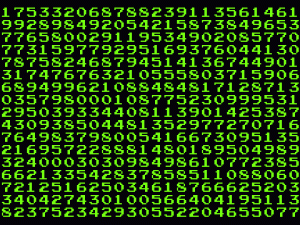Some say we’re living in a “post-PC” world, but malware on PCs is still a major problem for home computer users and businesses.
The examples are everywhere: In November, we reported that malware was used to steal information about one of Japan’s newest rockets and upload it to computers controlled by hackers. Critical systems at two US power plants were recently found infected with malware spread by USB drives. Malware known as “Dexter” stole credit card data from point-of-sale terminals at businesses. And espionage-motivated computer threats are getting more sophisticated and versatile all the time.
In this second installment in the Ars Guide to Online Security, we’ll cover the basics for those who may not be familiar with the different types of malware that can affect computers. Malware comes in a variety of types, including viruses, worms, and Trojans.
Viruses are programs that can replicate themselves in order to spread from computer to computer, while targeting each PC by deleting data or stealing information. They can also change the computer’s behavior in some way.
“Almost all viruses are attached to an executable file, which means the virus may exist on a system but will not be active or able to spread until a user runs or opens the malicious host file or program,” Cisco notes. “When the host code is executed, the viral code is executed as well. Normally, the host program keeps functioning after it is infected by the virus. However, some viruses overwrite other programs with copies of themselves, which destroys the host program altogether. Viruses spread when the software or document they are attached to is transferred from one computer to another using the network, a disk, file sharing, or infected e-mail attachments.”
READ MORE: Viruses, Trojans, and worms, oh my: The basics on malware | Ars Technica.


Sorry, the comment form is closed at this time.